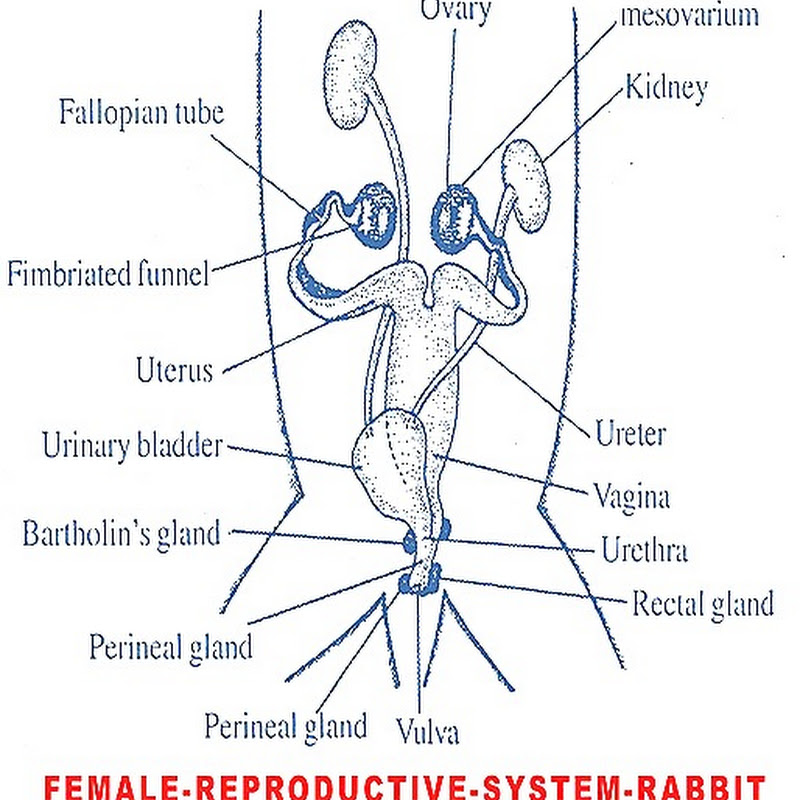(i) Asexual reproduction by budding:
There are several asexual methods found in sponges. But in Sycon (marine sponge) asexual reproduction is usually accomplished by budding.
ADVERTISEMENTS:
In budding, numerous archaeocytes collect at the body surface and get surrounded by epidermal pinacocytes (pinacoderm). This structure is called bud.
An osculum is formed at its free end. Gradually this bud grows into an adult individual. Fully grown bud may remain attached with the parent individual or is detatched to become free and forms a new sponge by fixing itself to the substratum.
(i) Sexual reproduction:
Sycon is a bisexual or monoecious sponge but cross fertilization is a rule, because of protogyny. Special sex organs are not found but the sperms and the ovas are produced in mesenchyme. Undifferentiated amoebocytes, called archaeocytes or choancytes act as sperm mother cell and ova mother cell.
ADVERTISEMENTS:
(a) Spermatogenesis:
Sperm mother cell or spermatogonium starts to get surrounded by one or more flattened cover cells to form the spermatocyst.
Cover cells and spermatogonium are produced by the same amoebocytes or different amoebocytes.
Spermatogonium undergoes two or three divisions to form spermatocysts which give rise to spermatozoa.
ADVERTISEMENTS:
A mature sperm consists of rounded nucleated head and a vibrating tail. The lashing movement of the tail makes the sperm to move in water to reach other sponges .
(b) Oogenesis:
A large archaeocyte with a distinct nucleus acts like an egg mother cell or oocyte. Sometimes, a choanocyte with stored food can also be transformed into oocyte by losing its flagellum.
Oocyte then grows by engulfing other amoebocytes or special nurse cells (trophocytes). After growth it undergoes two maturation divisions to form the ovum, which lies in the Wall of a radial canal. Now it is ready to be fertilized by a sperm from another sponge.
(c) Fertilization:
In sponges, sperms are released out from one individual and enter others to fertilize the ova in situ. In all sponges fertilization is a very remarkable process.
First of all, sperm enters the choanocyte that is adjacent to the ripe ovum. After getting into the choanocyte, sperm loses its tail and swollen head and becomes surrounded by a capsule.
The choanocyte also loses its collar and flagellum and becomes amoeboid, and is now called carrier cell or nurse cell. Because it carries sperm to the ovum.
On the other hand, a conical depression is formed at the outer surface of the ovum by invegination.
It receives the carrier cell and capsulated sperm which now penetrates into the ovum. Fusion of sperm’s head and ovum results in a zygote or egg.

